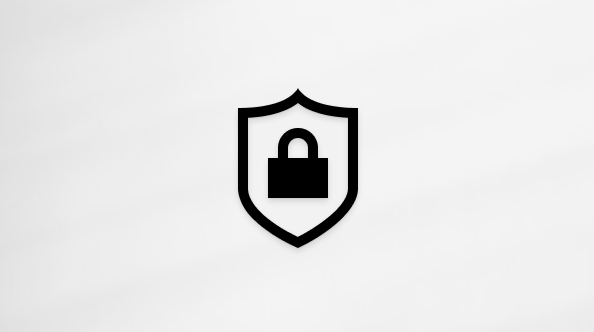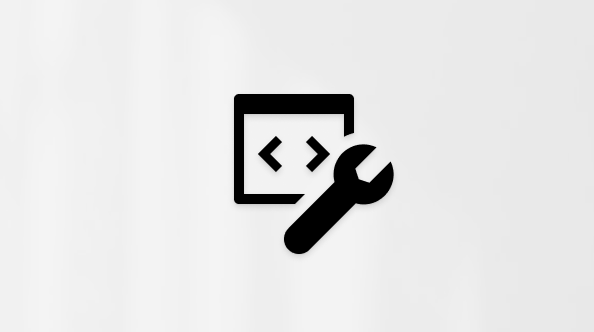August 19, 2025—KB5066189 (OS Builds 22621.5771 and 22631.5771) Out-of-band
Applies To
Release Date:
8/19/2025
Version:
OS Builds 22621.5771 and 22631.5771
Windows Secure Boot certificate expirationImportant: Secure Boot certificates used by most Windows devices are set to expire starting in June 2026. This might affect the ability of certain personal and business devices to boot securely if not updated in time. To avoid disruption, we recommend reviewing the guidance and taking action to update certificates in advance. For details and preparation steps, see Windows Secure Boot certificate expiration and CA updates.
To learn more about Windows update terminology, see types of Windows updates and monthly quality update types. For an overview, see the update history page for Windows 11, version 23H2.
Stay informed! Follow @WindowsUpdate for the latest updates from Windows release health dashboard.
Improvements
This article lists the fixed issues and quality improvements included in this out-of-band update.
Important: Use EKB KB5027397 to update to Windows 11, version 23H2.
This non-security update includes quality improvements from KB5063874 (released August 12, 2025). When you install this KB:
-
[Fix for reset and recovery issue] This update addresses an issue introduced by the August 2025 security update (KB5063874), in which attempts to reset or recover the device might fail. This issue happens when users perform one or more of the following four processes:
-
System > Recovery > Reset my PC
-
System Recovery > Fix problems using Windows Update
-
For more information, see the documentation on Windows release health. We recommend installing this optional out-of-band (OOB) update if you’ve encountered this issue. If your system isn’t affected or you don’t plan to use the processes described above, you can choose not to install the update.
This non-security update includes quality improvements from KB5063874 (released August 12, 2025). When you install this KB:
-
[Fix for reset and recovery issue] This update addresses an issue introduced by the August 2025 security update (KB5063874), in which attempts to reset or recover the devices might fail. This issue happens when users perform one or more of the following four processes:
-
System > Recovery > Reset my PC
-
System Recovery > Fix problems using Windows Update
-
For more information, see the documentation on Windows release health. We recommend installing this optional out-of-band (OOB) update if you’ve encountered this issue. If your system isn’t affected or you don’t plan to use the processes described above, you can choose not to install the update.
If you installed earlier updates, your device downloads and installs only the new updates contained in this package.
Windows 11 servicing stack update (KB5062686) - 22621.5690 and 22631.5690
This update makes quality improvements to the servicing stack, which is the component that installs Windows updates. Servicing stack updates (SSU) ensure that you have a robust and reliable servicing stack so that your devices can receive and install Microsoft updates. To learn more about SSUs, see Simplifying on-premises deployment of servicing stack updates.
Known issues in this update
Symptoms
A security improvement was included in the August 2025 Windows security update and later updates to enforce the requirement that User Account Control (UAC) prompt for administrator credentials when performing Windows Installer (MSI) repair and related operations. This improvement addressed security vulnerability CVE-2025-50173.
After installing the update, standard users might see a User Account Control (UAC) prompt in several scenarios.
-
Running MSI repair commands (such as msiexec /fu).
-
Opening Autodesk apps, including some versions of AutoCAD, Civil 3D and Inventor CAM, or when installing an MSI file after a user signs into the app for the first time.
-
Installing apps that configure per user.
-
Running Windows Installer during Active Setup.
-
Deploying packages through Manager Configuration Manager (ConfigMgr) that rely on user-specific "advertising" configurations.
-
Enabling Secure Desktop.
If a non-admin user runs an app that initiates an MSI repair operation without displaying UI, it will fail with an error message. For example, installing and running Office Professional Plus 2010 as a standard user will fail with Error 1730 during the configuration process.
Workaround
This issue is addressed in KB5065431.
How to get this update
Before you install this update
Microsoft combines the latest servicing stack update (SSU) for your operating system with the latest cumulative update (LCU). For general information about SSUs, see Servicing stack updates and Servicing Stack Updates (SSU): Frequently Asked Questions.
Install this update
To install this update, use one of the following Windows and Microsoft release channels.
|
Available |
Next Step |
|
|
Go to Settings > Update & Security > Windows Update. In the Optional updates available area, you'll find the link to download and install the update. |
|
Available |
Next Step |
|
|
This update is available as an optional update from Windows Update for Business in accordance with configured policies. |
|
Available |
Next Step |
|
|
To get the standalone package for this update, go to the Microsoft Update Catalog. |
|
Available |
Next Step |
|
|
See the other options. |
If you want to remove the LCU
To remove the LCU after installing the combined SSU and LCU package, use the DISM/Remove-Package command line option with the LCU package name as the argument. You can find the package name by using this command: DISM /online /get-packages.
Running Windows Update Standalone Installer (wusa.exe) with the /uninstall switch on the combined package will not work because the combined package contains the SSU. You cannot remove the SSU from the system after installation.
File information
For a list of the files provided in this update, download the file information for cumulative update 5066189.
For a list of the files that are provided in the servicing stack update, download the file information for the SSU (KB5062686) - versions 22621.5690 and 22631.5690.












